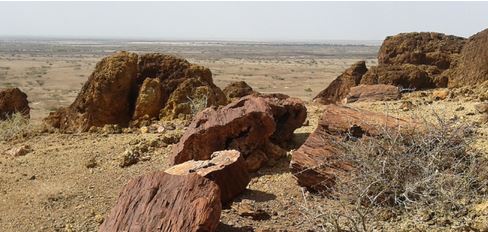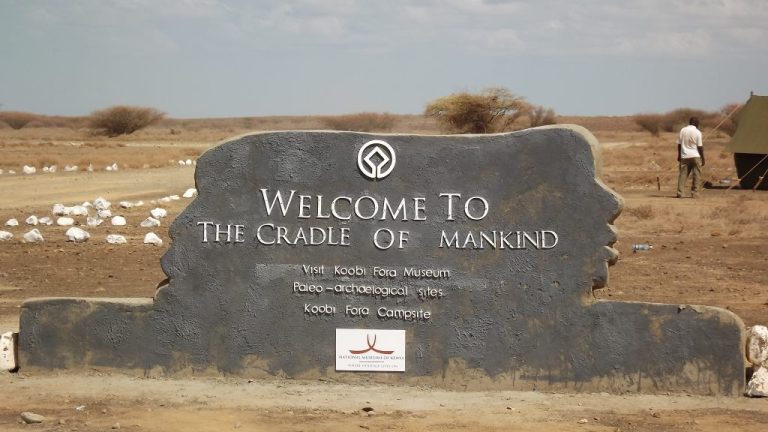

Tucked away on the remote northeastern shores of Lake Turkana lies one of Kenya’s most extraordinary national parks — Sibiloi.
Far from the bustling cities and well-trodden safari routes, Sibiloi is a place where science, history and nature converge.
Here, among the windswept volcanic formations and arid plains, visitors walk in the very footsteps of early humans.
Dubbed “the cradle of humankind,” Sibiloi National Park is not just a wildlife sanctuary; it is also a globally significant archaeological site.
The Koobi Fora area within the park has yielded fossil evidence that has contributed more to the understanding of human evolution than any other site in Africa.
It is here that scientists unearthed a range of ancient remains, including a hominid skull believed to be over 1.5 million years old, a discovery that redefined what the world knew about human origins.
According to the Kenya Wildlife Services (KWS), among the most captivating finds are the massive shell of a giant tortoise dating back three million years, the jawbones of a crocodile estimated to have reached over 45 feet in length, and the skeletal remains of an extinct elephant ancestor with enormous tusks.
These relics, now housed in the Koobi Fora Museum located within the park, offer a rare glimpse into life long before modern civilization.
But Sibiloi is not just about the past.

It is a living, breathing ecosystem, rich in biodiversity and home to species found nowhere else on Earth.
Along its shores, Lake Turkana, the world’s largest desert lake, teems with life.
The lake supports 60 fish species, seven of which are endemic, and serves as a critical breeding ground for the largest colonies of Nile crocodiles in the world.
Birdwatchers are also drawn to the park, which is recognized as an Important Bird Area (IBA).
Thousands of migratory birds from the Palearctic region, including several globally threatened species, find refuge here.
The lake’s distinctive “soap-like” waters create a mesmerizing mirror that reflects shifting clouds and desert skies, enchanting all who venture close.
The land itself tells a dramatic story.
Towering over the plains is Mount Sibiloi, a dormant volcano where visitors can find the Petrified Forest, remnants of an ancient woodland turned to stone over millennia.
Here, preserved casts of elephants and tortoises lie embedded in the rock, silent witnesses to the passage of time.
Despite its harsh, desert-like climate, the park supports a surprising array of wildlife.
Sightings include the endangered northern topi, Somali ostrich, Grevy’s zebra, lesser kudu, oryx, gerenuk and various species of gazelle.
Predators such as cheetah, leopard, and both spotted and striped hyena also roam the terrain.
Yet, beyond the wildlife and fossils, Sibiloi offers something uniquely human, the opportunity to connect with the living cultures of the Turkana, Dasanach, and Gabbra communities who live near the park.
These pastoralist groups maintain rich traditions and lifestyles largely untouched by modernity.
For many visitors, sharing in these cultural experiences becomes as memorable as the landscapes themselves.
Whether it’s walking across ancient lava flows, camping under the stars or cruising the surreal waters of Lake Turkana, Sibiloi National Park promises a journey through time , one that bridges the distant past with the present, and where every step uncovers a story millions of years in the making.












